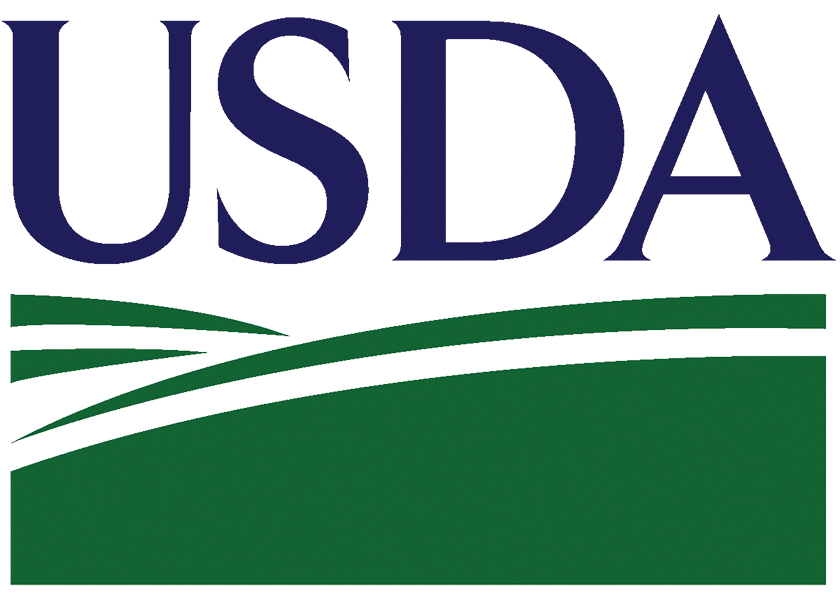USDA Cuts Farm Income Forecast

USDA projects a decrease in U.S. farm sector profits in 2023 compared to the record-high levels of 2022. Inflation-adjusted net cash farm income is forecast to decline by $49.2 billion (23.8%) to $157.9 billion in 2023. Net farm income is expected to drop by $37.9 billion (20.0%) to $151.1 billion in 2023. Net cash farm income represents gross cash income minus cash expenses, while net farm income incorporates noncash elements such as changes in inventories and depreciation.
Cash receipts for farm commodities are anticipated to decline by $43.0 billion (7.8%) in 2023, with decreases expected in milk, corn and broiler receipts
Total production expenses are expected to remain relatively stable, with a slight increase of $600 million (0.1%) to $443.4 billion in 2023. However, individual expense items may vary, including an increase in interest expenses and reductions in spending on fertilizer, lime, soil conditioner and feed.
Direct government payments to farmers are forecasted to decrease by $4.0 billion (24.8%) to $12.1 billion, primarily due to lower supplemental and ad hoc disaster assistance.
Farm sector equity is expected to increase by 6.9% ($229.4 billion) in 2023 to $3.57 trillion in nominal terms. Farm sector assets are forecast to rise 6.6% ($254.0 billion) in 2023 to $4.09 trillion following expected increases in the value of farm real estate assets. Farm sector debt is forecast to increase 5.0% ($24.6 billion) in 2023 to $520.7 billion. Debt-to-asset levels for the sector are forecast to improve from 12.93% in 2022 to 12.73% in 2023. Working capital is forecast to fall 5.0% in 2023 relative to 2022.
Sign up for market alerts from Pro Farmer.







